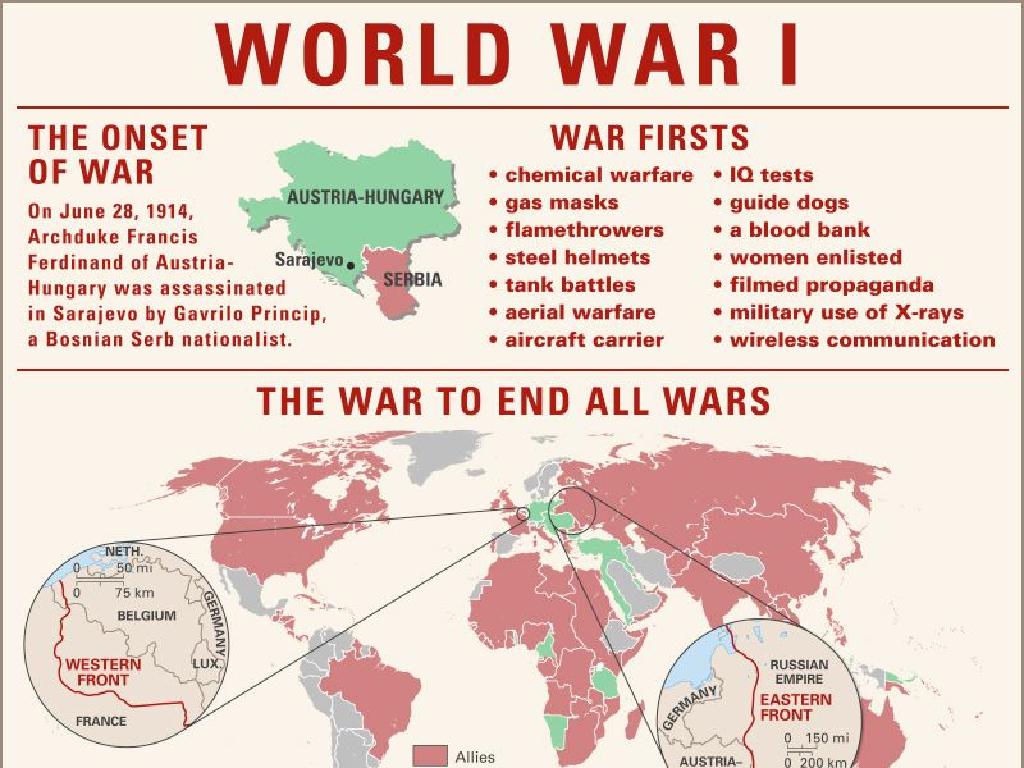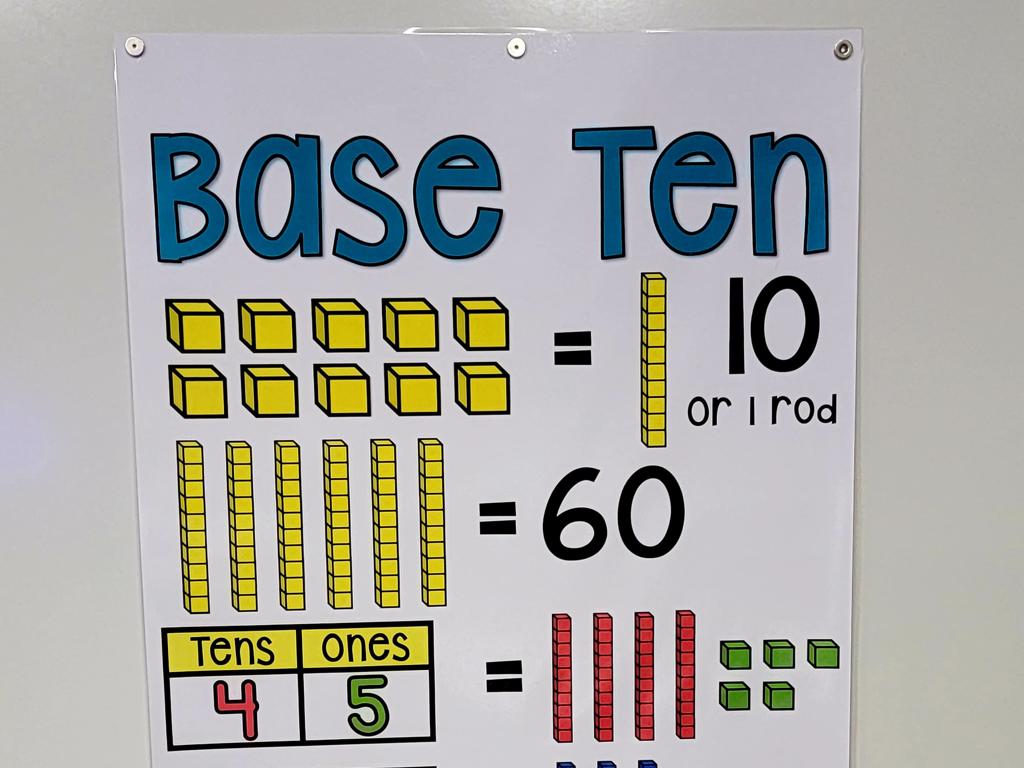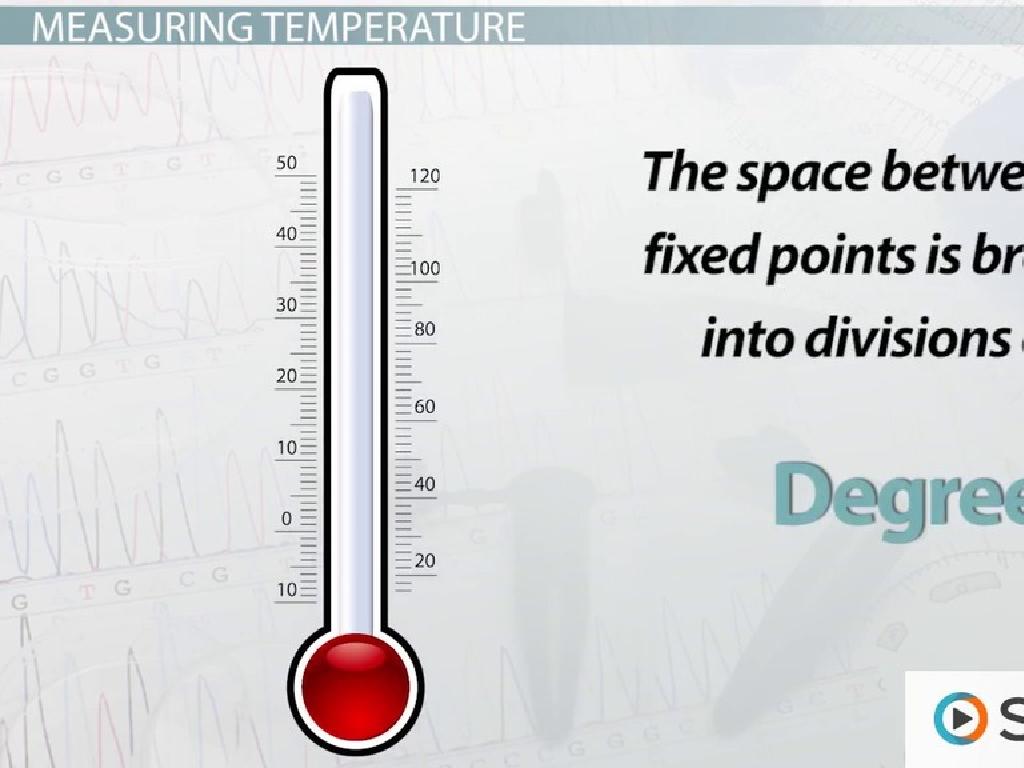The Ancient Silk Road: Geography And Transportation
Subject: Social studies
Grade: Seventh grade
Topic: The Silk Road
Please LOG IN to download the presentation. Access is available to registered users only.
View More Content
Exploring the Silk Road: Trade Routes of the Past
– Unveiling the Silk Road
– A network of trade paths connecting East and West, crucial for cultural and economic exchange.
– Significance of historical trade routes
– Trade routes like the Silk Road were vital for sharing goods, ideas, and innovations.
– Geography’s role on the Silk Road
– Terrain influenced the route’s direction, passing through diverse landscapes including deserts and mountains.
– Transportation methods used
– Caravans with camels were the main mode of transport, navigating the challenging Silk Road terrain.
|
Begin the lesson by introducing the Silk Road as an ancient network of trade routes that significantly impacted the world. Emphasize the importance of trade routes in history for the exchange of goods, culture, and ideas. Highlight how geography shaped the Silk Road, with traders navigating through various terrains, and discuss the transportation methods they used, such as camel caravans. This introduction sets the stage for a deeper dive into the geographical challenges and transportation innovations that made the Silk Road a cornerstone of historical trade.
Exploring the Silk Road: Trade and Exchange
– Defining the Silk Road
– An ancient network of trade routes connecting East and West.
– Silk Road: A trade network
– It was more than just one road, but a web of interconnected trade paths.
– Varied goods exchanged
– Exchanged silk, spices, tea, and more between continents.
– Ideas traveled the routes
– Philosophies, technologies, and religions spread along with goods.
|
The Silk Road refers to the ancient trade routes that connected the Eastern and Western worlds, facilitating not only the exchange of goods like silk, spices, and tea but also the spread of ideas, cultures, and innovations. It was a complex network of overland and maritime paths that enabled people from different civilizations to interact and trade. This slide aims to give students a foundational understanding of the Silk Road’s significance in world history, emphasizing its role in cultural and economic exchanges. Encourage students to think about how the Silk Road might compare to modern methods of global trade and cultural exchange.
Geography of the Silk Road
– Spanning continents: Asia, Africa, Europe
– Connected East and West, facilitating trade and cultural exchange.
– Terrain challenges: Deserts, mountains, plains
– Traders navigated harsh deserts like the Gobi, formidable mountains like the Himalayas, and vast plains.
– Strategic stops: Cities, oases
– Key cities like Samarkand and oases provided rest and resupply points.
– Impact on trade and culture
|
The Silk Road was an extensive network of trade routes connecting the East and West, spanning across Asia, Africa, and Europe. It played a crucial role in the cultural and economic exchange between civilizations. The geography of the Silk Road presented various challenges, including difficult terrain such as deserts, mountains, and plains. Traders and travelers had to overcome these obstacles to transport goods and ideas. Strategic locations, including cities like Samarkand and various oases, served as critical hubs for rest, resupply, and trade. These locations became melting pots of culture and commerce, contributing significantly to the spread of goods, ideas, and innovations across continents. Discuss with students how geography influenced the development and significance of the Silk Road, and how it facilitated the exchange of not just goods, but also knowledge, religion, and technology.
Modes of Transportation on the Silk Road
– Camels as desert vessels
– Camels were vital for crossing harsh deserts, earning the nickname ‘ships of the desert’.
– Caravans for safety & company
– Traders formed caravans for mutual safety against bandits and to enjoy camaraderie on long journeys.
– Innovations boosting trade
– Advancements in transportation, like wheel improvements, made trading over long distances easier.
|
This slide explores the various modes of transportation that were crucial to the functioning of the ancient Silk Road. Emphasize the importance of camels, which were perfectly adapted to the desert environment and could carry heavy loads over long distances without water. Discuss the concept of caravans, which provided security and social interaction for traders on their lengthy travels. Highlight how innovations in transportation technology, such as the development of better wheels and roads, facilitated smoother and more efficient trade. Encourage students to think about how these modes of transportation compare to modern logistics and the impact of technological advancements on trade.
Cultural Impact of the Silk Road
– Cultural exchange via trade routes
– Traders shared customs and traditions.
– Religions and philosophies spread
– Buddhism, Islam, Christianity traveled along.
– Artistic, culinary, linguistic influences
– New art styles, dishes, and vocabularies emerged.
– Silk Road’s legacy on cultures
|
This slide explores the profound cultural impact of the Silk Road on the civilizations it connected. Emphasize how trade was not just about goods, but also about the exchange of cultural practices, ideas, and knowledge. Highlight the spread of major religions and philosophies along the trade routes, which shaped beliefs and practices in diverse regions. Discuss the Silk Road’s influence on the development of art, from the fusion of artistic styles to the introduction of new materials and techniques. Mention how language and cuisine were also affected, with new words and flavors spreading along with traders. The Silk Road’s legacy is evident in the rich cultural tapestry of the regions it touched, and this interconnectedness is a key theme to convey to the students.
The Silk Road: Past and Present
– Remnants of the ancient Silk Road
– Historical sites and cultural exchanges along the old paths
– The Belt and Road Initiative today
– China’s project to connect Asia, Europe, and Africa through trade
– Compare ancient vs modern routes
– Ancient caravans vs modern infrastructure and technology
– Impact on global trade
– How these routes have shaped and continue to influence economies
|
This slide aims to connect the historical significance of the ancient Silk Road with its modern counterpart, the Belt and Road Initiative. Students should understand that the ancient Silk Road was not just a single path but a network of trade routes connecting East to West, leaving behind a legacy of cultural and economic exchange. Today’s Belt and Road Initiative seeks to revive these connections on a grander scale, using advanced infrastructure and technology to enhance global trade. Encourage students to think about the differences in transportation, speed of trade, and the scale of goods exchanged. Discuss the lasting impact of these routes on the world’s economy and cultural interactions.
Class Activity: Mapping the Silk Road
– Collaboratively map the Silk Road
– Pinpoint significant landmarks and cities
– Identify places like Xi’an, Samarkand, and Constantinople
– Analyze geography’s impact on trade
– How did mountains, deserts, and rivers influence routes?
– Discuss transportation methods used
– Explore how camels and caravans moved goods
|
This interactive class activity is designed to help students visualize the vast network of the Silk Road and understand the complexities of ancient trade routes. Provide students with a blank map and markers to trace the Silk Road from China through Central Asia to the Mediterranean. Have them mark important cities and geographical features. Facilitate a discussion on how natural barriers like the Taklamakan Desert and the Tien Shan mountains dictated the path and the means of transportation. Encourage students to consider the role of camels and the organization of caravans in overcoming these challenges. This activity will enhance their grasp of historical trade and its dependence on geography, as well as the ingenuity of ancient traders.
Reflecting on the Silk Road’s Legacy
– Recap: Silk Road geography
– Stretched across Asia, connecting empires and facilitating trade.
– Historical importance of the Silk Road
– It was a major trade route that enabled cultural and economic exchanges between different civilizations.
– Silk Road’s modern-day influence
– Ideas, goods, and innovations from the past along the Silk Road still impact our global economy and culture.
– Reflect on what we’ve learned
|
As we conclude our journey through the ancient Silk Road, let’s recap the vast geography it covered, from China through the Middle East to Europe, facilitating trade and transportation. The Silk Road was historically significant as it allowed for the exchange of goods, ideas, and cultures, shaping civilizations. Today, its influence persists in our globalized world, seen in trade routes, cultural exchanges, and even in the digital ‘Silk Road’ of the internet. Encourage students to reflect on the lasting impacts of the Silk Road and consider how ancient trade routes set the stage for our modern interconnectedness.


/mla_citation_example.jpg)



